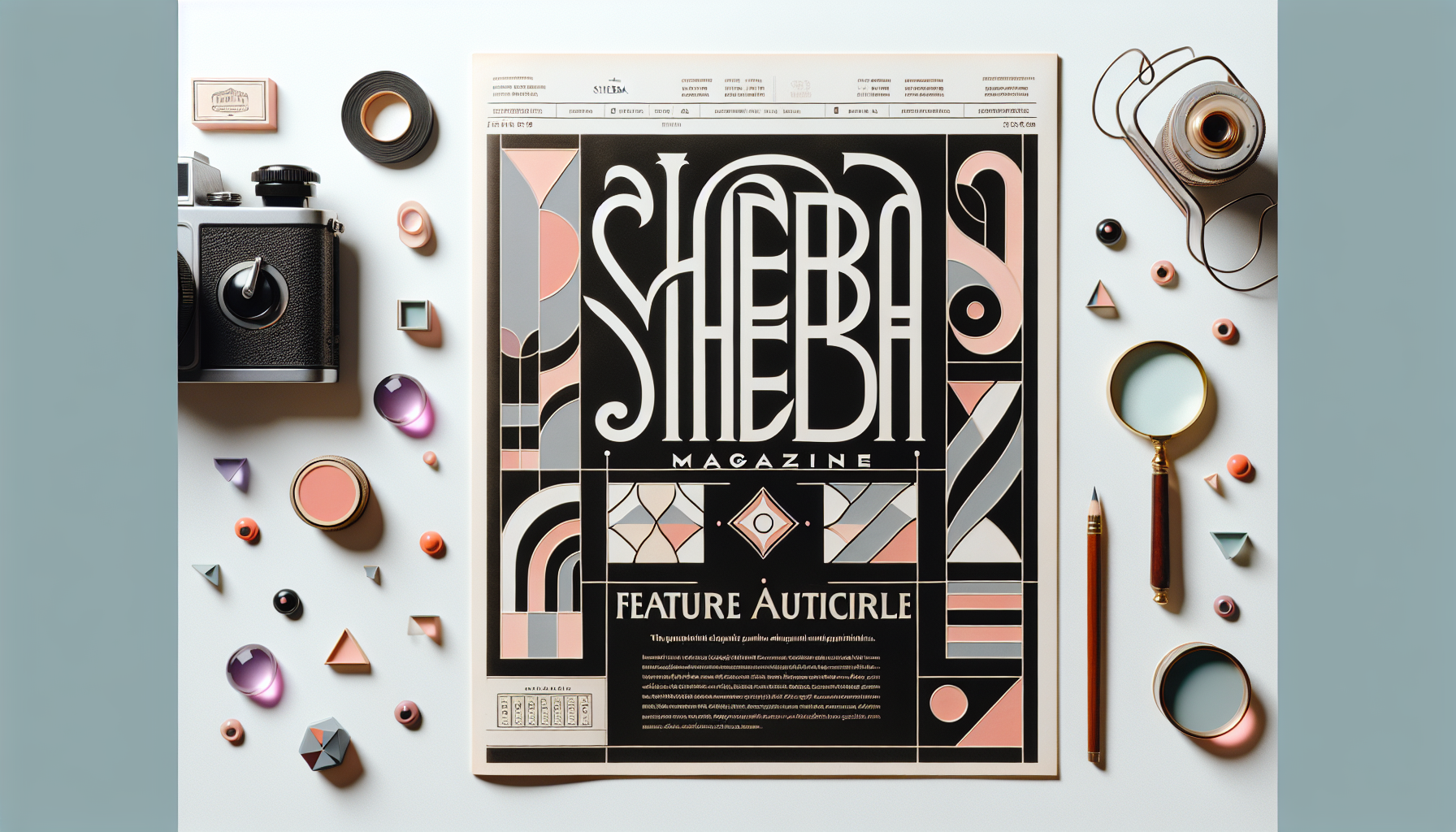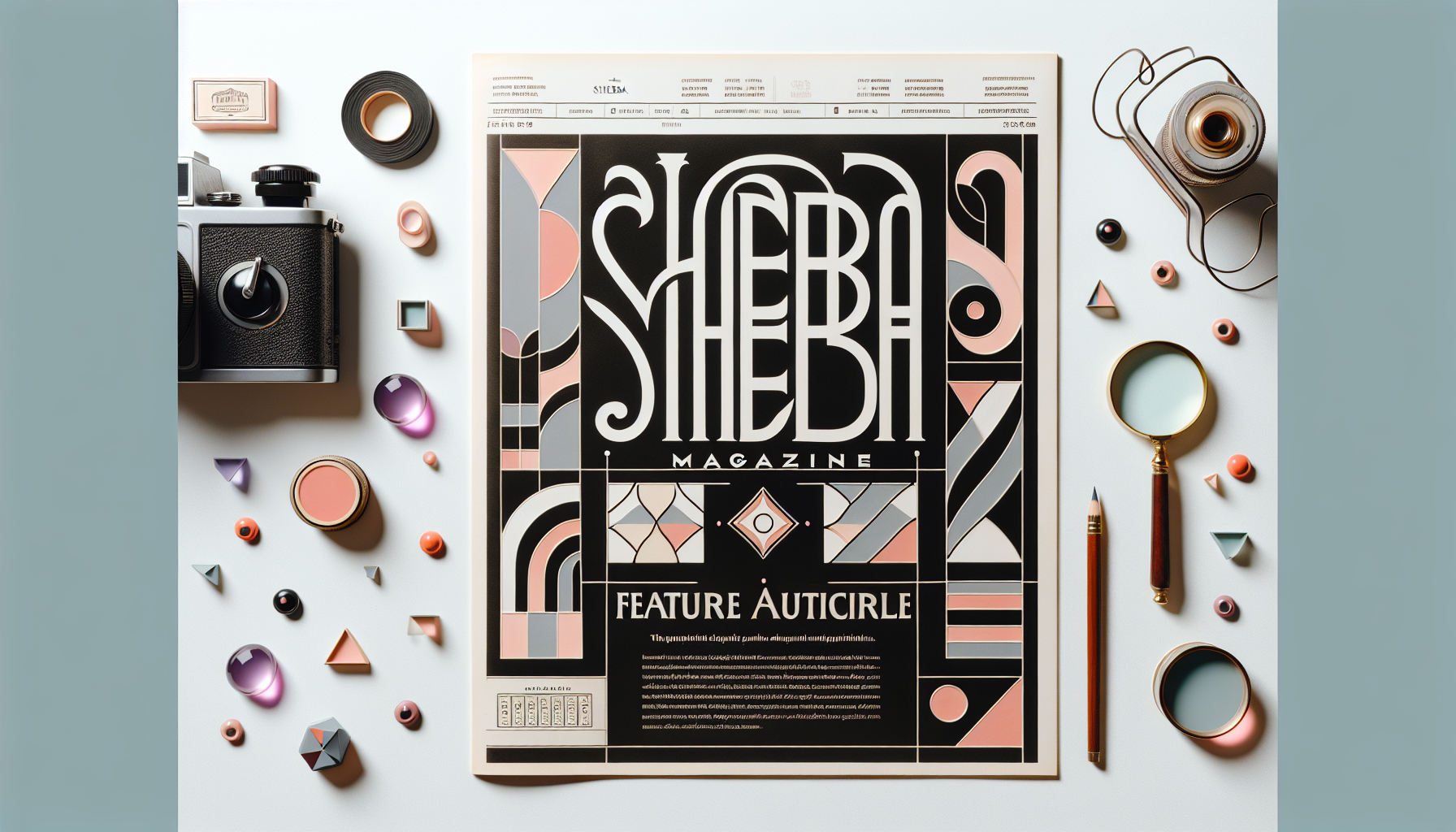
Understanding the request
When embarking on the task of rewriting an article, the first crucial step is to thoroughly understand the request at hand. This involves grasping the core message and purpose of the original content. It’s essential to identify the target audience and the key points that need to be conveyed. In the context of an Australian audience, it’s important to consider local nuances, cultural references, and language preferences that resonate with readers.
Understanding the request also means clarifying any specific instructions or guidelines provided by the requester. This may include the desired tone, style, and any particular elements that should be highlighted or omitted. It’s beneficial to ask questions if any aspect of the request is unclear, ensuring that the rewritten article aligns with the original intent while meeting any new objectives.
Additionally, recognising the specific goals of the rewritten article is paramount. Whether the aim is to simplify complex information, adapt content for a different readership, or update outdated information, having a clear understanding of these objectives will guide the rewriting process effectively. By focusing on these foundational aspects, the rewritten article can be crafted to meet the needs and expectations of both the requester and the intended audience.
Key elements to include
When rewriting an article, it is important to focus on several key elements to ensure the new version is both engaging and relevant. Firstly, maintaining the original message while infusing a fresh perspective is crucial. This can involve rephrasing sentences, restructuring paragraphs, and introducing new examples or anecdotes that resonate with an Australian audience. Emphasising local context, such as using familiar references or colloquial language, can help make the content more relatable and engaging.
Another essential element is the tone and style of the rewritten content. Depending on the audience and purpose, the tone may need to be more formal, conversational, or even humorous. For an Australian readership, a relaxed and approachable style often works well, but it’s important to align with any specific guidelines provided. Consistency in tone throughout the article ensures clarity and coherence, making it easier for readers to follow and understand the content.
It’s also vital to ensure accuracy and relevance in the information presented. This might involve fact-checking and updating statistics or data to reflect the most current information. Additionally, considering the inclusion of Australian-specific examples or case studies can enhance the article’s relevance and appeal. By weaving these elements into the rewrite, the content not only maintains its integrity but also enhances its value to the reader.
Attention to detail in grammar, punctuation, and spelling is essential to maintain professionalism and readability. This includes adhering to Australian English conventions, such as using ‘colour’ instead of ‘color’ and ‘organise’ instead of ‘organize’. Such details might seem minor, but they contribute significantly to the overall quality and credibility of the rewritten article.
Steps for rewriting
To effectively rewrite an article, begin by thoroughly reading the original text to grasp its essence and primary points. This initial step is crucial for ensuring that the rewritten version retains the original message while allowing for a fresh perspective. Take notes on the main ideas and any specific details that must remain unchanged.
Next, consider the structure of the article. Break down the content into manageable sections or paragraphs, each focusing on a specific point. This helps in organising the information logically and makes the rewriting process more straightforward. When restructuring, ensure that the flow of ideas is smooth and coherent, guiding the reader naturally from one point to the next.
Once the structure is clear, begin rephrasing the content. Use synonyms and alternative expressions to convey the same ideas differently, ensuring that the new version is distinct from the original. This step is where creativity plays a vital role, as it involves infusing the article with a new style or tone that suits the audience’s preferences. For Australian readers, incorporating local slang or idiomatic expressions can enhance relatability.
During the rewriting process, pay close attention to the details. Verify all facts, figures, and references to ensure accuracy. If the original article includes outdated information, update it with the latest data or insights. This not only improves the article’s credibility but also its relevance to the audience.
After rephrasing and updating the content, review the article for consistency in tone and style. Ensure that the language is appropriate for the intended audience and that the article adheres to any specific guidelines provided. This might involve adjusting the level of formality or incorporating a particular style of writing.
Proofread the rewritten article meticulously. Check for grammatical errors, punctuation mistakes, and spelling inconsistencies, using Australian English conventions. This step is vital for maintaining the professionalism and readability of the article. A polished final version not only reflects well on the writer but also enhances the reader’s experience.
Understanding the request
In the vibrant world of fashion, understanding the nuances of a request is paramount. This involves not just grasping the surface details but delving deeper into the underlying desires and aspirations that drive the fashion-forward individual. It’s about recognizing the unique blend of style, personality, and occasion that each request embodies.
For the discerning Australian fashionista, this means considering the local trends and preferences that influence choices. From the coastal chic of Bondi to the urban sophistication of Melbourne, each request is a tapestry of personal taste interwoven with cultural influences.
Understanding the request is akin to reading between the lines of a beautifully crafted editorial. It requires an appreciation for the subtleties of fabric, the statement of silhouette, and the power of color. By tuning into these elements, a fashion expert can curate a response that not only meets but exceeds expectations, creating a sartorial experience that resonates on a personal level.
Fashion is not just about clothes; it’s an expression of identity and mood, a reflection of the times and the individual.
- Identify key preferences and style icons.
- Consider the occasion and setting.
- Incorporate current trends with timeless pieces.
In essence, understanding the request is about crafting a narrative that speaks to the heart of the fashion journey, ensuring each ensemble is a harmonious blend of personal flair and contemporary edge.
Steps to provide the article
Once you have a firm grasp of the request, the next step is to translate that understanding into a tangible article. Begin by gathering your thoughts and organizing them into a coherent structure. This involves breaking down the request into manageable parts, ensuring each element is given its due attention.
Start by outlining the main points you wish to cover. Think of this as sketching a design before bringing it to life on the runway. Each point should flow seamlessly into the next, creating a narrative that captivates and informs your audience. Remember, the fashion-savvy reader appreciates a well-curated story that effortlessly guides them through the latest trends and style tips.
- Research thoroughly to back up your insights with the latest data and examples.
- Use a mix of technical details and engaging anecdotes to keep the reader invested.
- Incorporate quotes from industry experts to add credibility and depth to your piece.
As you weave your article, ensure that it is not only informative but also visually appealing. Use descriptive language to paint vivid images of the styles and trends you are discussing. This is particularly important for an Australian audience, who appreciates the vibrant and diverse fashion landscape of their country.
Engage your readers by speaking directly to their interests and experiences. Whether it’s discussing the latest in sustainable fashion or the resurgence of vintage styles, make sure your content resonates with their lifestyle and aspirations.
Review your article with a critical eye. Edit for clarity, consistency, and style. The end product should be a polished piece that not only meets the initial request but also inspires and delights your audience, leaving them eager for their next fashion adventure.
